Creating a Healthy, Blood Sugar Friendly Pantry
a PDF shopping list for you to print + metabolic health and brain health focus
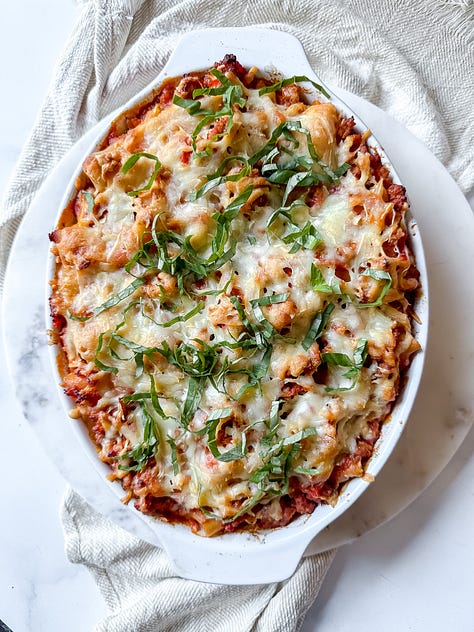
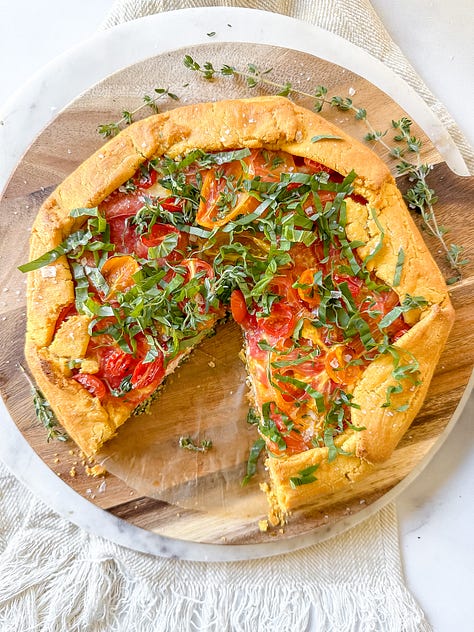
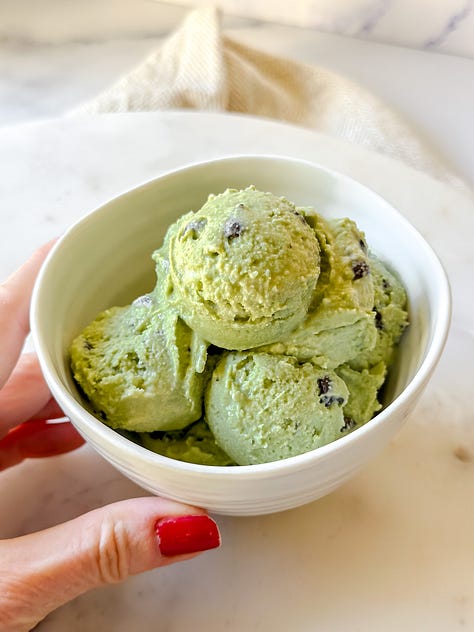


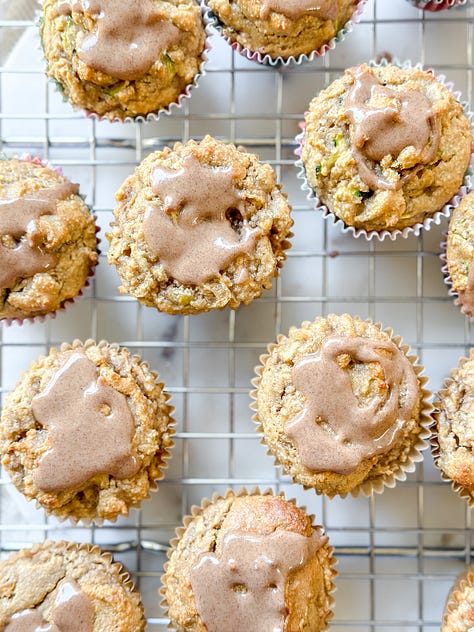
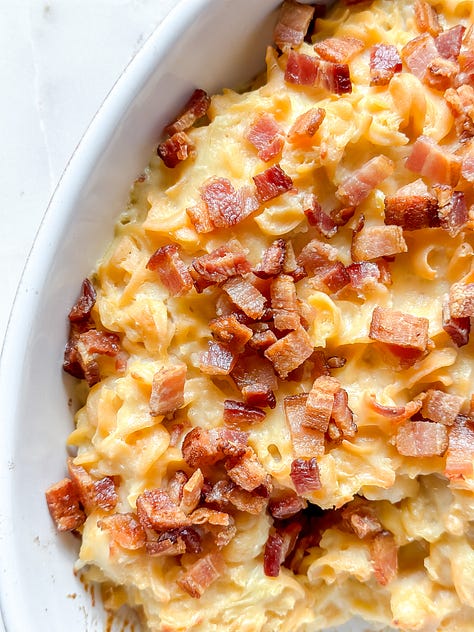
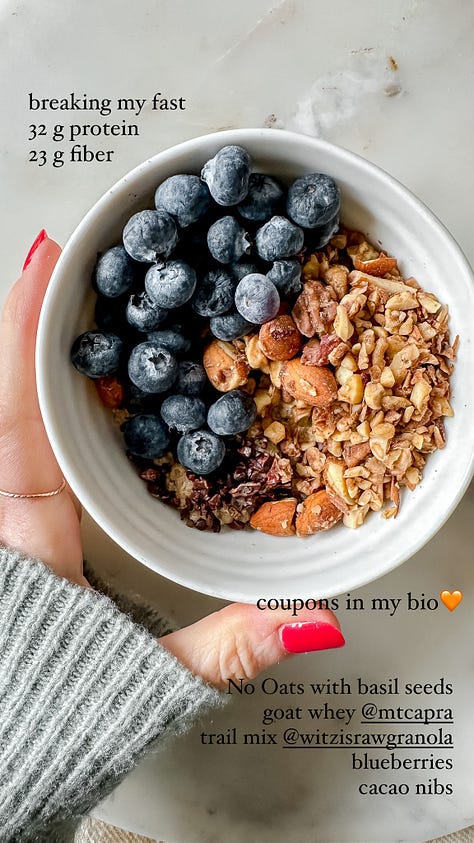
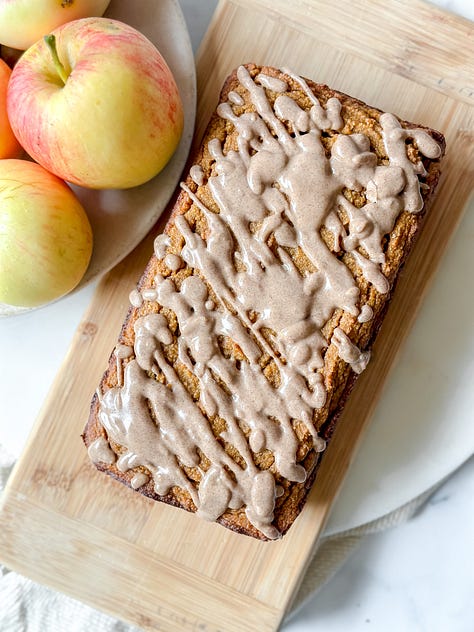
A Blueprint for Blood Sugar Balance and Good Metabolic Health
Having all the healthy basics on hand can mean the difference between creating a healthy meal, ordering takeout, or going through the drive-through on your way home from work!
Transforming your kitchen into a sanctuary for balanced blood sugar and good metabolic health doesn’t just happen by accident—it requires thoughtful planning and focusing on foods that nourish your body without spiking blood sugar and insulin levels. Embracing a low-carb, healthy-fat approach is an excellent strategy for anyone looking to manage blood sugar, enhance metabolic flexibility, age well, and support optimal health.
I want to walk you through how to create a pantry, refrigerator, freezer, and kitchen environment that supports low-carb living and good metabolic health—or "Good Energy," as Dr. Casey Means would say! This will ensure that your meals are delicious and designed to keep your blood sugar stable.
According to Dr. Georgie Ede, a healthy diet must nourish, protect, and energize our brains and bodies and keep blood sugar and insulin in a healthy range. I will discuss Dr. Ede's book in Nest Favorites below!
Designing a Healthy Pantry
The pantry is the heart of the kitchen and should be stocked with foods that align with a metabolically healthy lifestyle. Here’s how to make it happen:
Healthy Fats
Fats are a cornerstone of a low-carb, healthy fat way of eating and provide satiety and energy without raising blood sugar. Stock your pantry with:
Extra Virgin Olive Oil: Ideal for salad dressings, drizzling over vegetables, or cooking at temperatures up to 405*F. Read more about cooking with olive oil here.
Avocado Oil: A fantastic choice for high-heat cooking, making your own mayonnaise, or salad dressings like this Better than Benihana ginger dressing.
Coconut Oil: Great for baking or cooking, it’s rich in medium-chain triglycerides (MCTs) that provide quick energy.
Ghee or Grass-Fed Butter: Excellent sources of saturated fats that are stable at high temperatures. Great for spreading on flax bread, baking, sauteeing, or drizzling on steamed veggies.
Grass Fed Tallow: is another fantastic fat to have on hand; it adds a rich flavor to dishes while being stable for high-heat cooking.
Nuts and Seeds
Nuts and seeds are nutrient-dense, low in carbs, and high in healthy fats. Nuts and seeds are perfect for snacks or adding crunch, fat and fiber to meals:
Almonds and Walnuts: Rich in omega-3 fatty acids and fiber, making them great for heart health and blood sugar control.
Chia Seeds, Basil Seeds, and Flaxseeds: Packed with fiber and omega-3s, they’re perfect for thickening smoothies or making low-carb puddings. Have you tried my No Oats 3-seed low-carb oatmeal replacement yet?
Macadamia Nuts: High in monounsaturated fats and low in carbs, these are ideal for snacking.
Low Carb Baking Essentials
If you enjoy baking, there are plenty of low-carb alternatives to traditional flour and sugar:
Almond Flour or Cashew Flour: A low-carb, gluten-free flour substitute that’s perfect for baked goods. Have you tried my Pumpkin Bread yet?
Pumpkin Seed or Sunflower Seed Flours: Great for those who cannot tolerate nuts, use as a 1:1 swap for any recipe that calls for nut flour. Like these Apple Cinnamon Muffins or these Zucchini Muffins.
Lupin Flour and Lupin Meal: High protein, high fiber, and low carb. I use this for low carb baking, for coating Chicken tenders and in my Chicken and Biscuits recipe. This delicious Tomato Herb Galette uses lupin flour in the crust as well.
Coconut Flour: A high-fiber, low-carb alternative that absorbs a lot of moisture, so use it sparingly. Good in combination with nut or seed flours.
Low Carb Sweeteners: Stevia, allulose, and monk fruit are excellent for sugar-free baking and support metabolic health.
Canned and Jarred Foods
Keep a variety of low-carb, healthy-fat canned and jarred goods for easy meal prep:
Canned Fish: Sardines, mackerel, anchovies, salmon, and herring are rich in protein and omega-3s, perfect for quick meals or snacks. Tuna is great, too, but it can be higher in mercury, so limit it to once or twice a week and look for mercury-tested brands.
Olives: A great source of healthy fats and a perfect addition to salads and snacks.
Coconut Milk: Choose full-fat versions for curries, soups, or smoothies. Excellent for making blood sugar-friendly ice creams, too!
Canned beans and veg: pumpkin puree, chickpeas, and jarred lupini beans.
Pasta for Blood Sugar Balance
I keep these on hand for quick and easy meals:
Lupin pasta: a must for my healthy, one-pot mac and cheese
Pea lasagna noodles: (try this lasagna recipe!)
Konjac noodles and konjac rice: try them in miso mushroom pasta
Stocking a Healthy Refrigerator
We usually shop on weekends and choose low-carb veggies, berries, and fruits to stock our refrigerator.
Low Carb Vegetables
Non-starchy vegetables are low in carbs and high in nutrients, making them a key part of your meals:
Leafy Greens: Spinach, kale, and arugula are nutrient-dense and versatile, perfect for salads, sautés, and smoothies. Have you seen my spinach hack?
Cruciferous Vegetables: Broccoli, asparagus, cauliflower, and Brussels sprouts are high in fiber and antioxidants and are great for roasting or steaming.
Peppers, Cucumbers, and Zucchini: Low in carbs and perfect for snacking, salads, or grilling.
High-Quality Proteins
Protein is essential for maintaining muscle mass and keeping you full for longer. Choose high-quality, regeneratively raised meats when possible. Supporting farmers working to regenerate our land is critical to human health and the health of our planet.
Grass-Fed Beef: Rich in Omega 3 healthy fats and conjugated linoleic acid (CLA), which may help with fat loss. "Conjugated linoleic acids show their ability to prevent and treat cancer as well as obesity, diabetes and cardiovascular diseases."
Pastured Poultry: Chicken and turkey provide lean protein with minimal carbs.
Wild-Caught Fish: Salmon, mackerel, and sardines are excellent sources of protein and omega-3 fatty acids.
Eggs: Nature’s perfect food, eggs are high in protein, healthy fats, and essential nutrients like choline.
Bone Broth: I like to keep frozen bone broth on hand when I can, either homemade or store-bought from Olla. I also like shelf-stable bone broth, like this one from Bonafide Provisions, made with simple ingredients. Brodo also makes a healthy, shelf-stable bone broth with simple ingredients and packaged in single serving pouches.
Dairy
Dairy, if you tolerate it, can be a nutritious part of a low-carb diet. I choose A2 cow dairy, goat, and sheep dairy because they are easier to digest. If you tolerate cow dairy, you will have more choices!
Cheese: Hard cheeses like manchego, cheddar, Parmesan, and gouda are great choices. Soft cheeses like goat brie and feta are favorites at our house.
Cream and Full-Fat Yogurt: Opt for heavy cream in your coffee and full-fat, unsweetened yogurt for breakfast or snacks.
Cottage Cheese: an excellent source of protein, calcium, and healthy fat and can be mixed with nuts or seeds for a satisfying snack. I have asked a couple of dairies to consider making A2 Cottage cheese, but for now, it is only available in A1 cow dairy, so if you tolerate cow dairy, this is an excellent choice.
Butter or Ghee: rich in fat-soluble vitamins and ideal for cooking or adding flavor to dishes. When I steam veggies, I add a dollop of butter and a sprinkle of salt and pepper for an easy, tasty side dish.
Fruits
While fruits contain natural sugars, some are lower in carbs and can be enjoyed in moderation:
Berries: Blueberries, blackberries, raspberries, golden berries, and strawberries are lower in sugar and high in fiber, making them a good choice for a low-carb diet.
Avocados: High in healthy fats and low in carbs, avocados are perfect for adding creaminess to dishes.
Citrus: Fruits like lemons, limes, oranges and grapefruit can brighten up your meals and add a zesty kick without excessive sugars. They’re also packed with vitamin C, which is a bonus for your immune system.
The Importance of Fermented Foods for Gut Health
Fermented foods support gut health which is intimately connected to blood sugar balance and overall metabolic health. These foods are rich in probiotics, the beneficial bacteria that help maintain a healthy gut microbiome. A well-balanced gut can improve digestion, enhance nutrient absorption, and improve insulin sensitivity.
Incorporating fermented foods into your low-carb, healthy-fat diet is a great way to support your digestive health. Here are some options to consider:
Sauerkraut: Made from fermented cabbage, this tangy condiment is packed with probiotics and pairs well with meats and salads.
Kimchi: A spicy, fermented vegetable dish from Korea, kimchi is not only rich in probiotics but also adds a flavorful kick to meals.
Kefir: A fermented dairy product similar to yogurt, kefir is low in carbs and high in probiotics, making it a great addition to smoothies or as a base for salad dressings.
Pickles: Fermented cucumbers (pickles) are a crunchy, low-carb snack that can add probiotics to your diet; just make sure they’re naturally fermented and not pickled with vinegar alone. Truly fermented pickles will be in the refrigerator section of your market and not shelf-stable.
Miso: A fermented soybean paste used in Japanese cuisine, miso adds a savory depth to soups and marinades and is rich in probiotics.
Including these fermented foods in your diet can help keep your gut healthy, support stable blood sugar levels, and improve your overall well-being.
Stocking a Healthy Freezer
With your pantry and refrigerator stocked, it’s time to create a freezer that makes it easy to stick to your low-carb, healthy-fat lifestyle. Here’s how:
Frozen Foods to Stock
Frozen foods can be a lifesaver for quick, nutritious meals that align with your low-carb, healthy-fat goals. They offer convenience without compromising quality, especially when fresh produce isn’t available. Here’s what to keep on hand:
Frozen Vegetables: Stock up on non-starchy options like spinach, broccoli, cauliflower, and zucchini. These can be quickly steamed, sautéed, or roasted to accompany your meals. Cauliflower and broccoli rice can make a healthy addition to takeout. When we order Indian food, I make cauliflower rice to accompany our meal instead of the white rice usually on offer.
Frozen Berries: Berries like blackberries, raspberries, strawberries, and blueberries are lower in sugar and can be used in smoothies, desserts, or as a topping for full-fat yogurt or No Oats.
Frozen Fish: Wild-caught salmon, cod, and shrimp are excellent sources of protein and healthy fats. They thaw quickly and cook up beautifully, making them perfect for last-minute meals.
Frozen Meats: I get a monthly box of beef and pork from Wild Pastures, I buy lamb from Stemple Creek Ranch, a ground beef blend from Force of Nature, and chicken from Pasturebird. I like supporting regenerative farms and knowing I'm getting quality meat. These frozen options save time and ensure that you always have nourishing proteins on hand for busy nights. Planning meals around these staples can keep your cooking effortless yet satisfying, allowing you to whip up a hearty stir-fry or comforting lasagna roll-ups without much fuss. Plus, having a well-stocked freezer means you're ready to tackle cravings or unexpected guests without veering off your blood sugar-friendly path.
Frozen Avocado Chunks: These are great for adding to smoothies or salads when fresh avocados aren’t in season. Grab your free blood sugar-balancing smoothie guide here.
Having these frozen staples ensures you always have access to nutritious, low-carb options, no matter how busy your schedule gets.
Creating a Healthy Kitchen Environment
Organize for Success
Your kitchen setup can influence your food choices. Organize your kitchen to make healthy options the easiest options:
Countertop Essentials: Instead of carb-heavy snacks, keep a bowl of avocados, apples, lemons, and limes or nuts on the counter. Store oils, vinegar, matcha, and low-carb sweeteners within easy reach.
Pre-Cut Vegetables: Prepare and store low-carb veggies in clear containers at eye level in your fridge, making them easy to grab for quick meals.
Meal Prep Station: Dedicate a section of your kitchen to meal prep. Keep your cutting boards, knives, and storage containers close to streamline the process.
Spice It Up: Herbs and spices are a great way to add flavor and nutrients. My favorite spices include dukkah, seaweed sprinkle, seaweed salt, furikake, everything bagel spice, and vadouvan. Having Mike’s Organics packaged curry sauces like this Green Curry on hand makes a quick, healthy meal a cinch.
I recently returned from a trip and was able to pull these meals together using pantry and freezer items I had on hand:
Smart Snacking Strategies
Ensure your kitchen is stocked with low-carb snacks that satisfy without spiking blood sugar:
Nuts and Seeds: Pre-portion them into small containers or bags for easy, on-the-go snacks.
Vegetable Sticks and Dips: Pair cucumber rounds and bell pepper slices with garlic hummus, guacamole, or full-fat yogurt-based dips.
Cheese and Meat Roll-Ups: Roll cheese slices with turkey or ham for a quick, protein-rich snack.
Portion Control Tools
Even with low-carb foods, portion control is key to managing overall intake:
Measuring Cups and Spoons: Use these to ensure proper portions, especially for higher-calorie items like nuts and oils.
Smaller Plates and Bowls: Smaller dishes can help you manage portions and avoid overeating. Most dinner plates are 12”; consider choosing 10” plates instead.
Final Thoughts
Creating a healthy kitchen is about more than just eliminating certain foods—it’s about fostering an environment that supports your health goals. (Yes, supporting your goals will be easier if you eliminate sugar, flour, fruit juice, and cereal products.) But by thoughtfully curating your pantry, refrigerator, freezer, and kitchen, you’ll find it easier to make choices that keep your blood sugar balanced, your energy levels steady, and your overall health on track.
Remember, this journey is personal, and there’s no one-size-fits-all approach. Start by making small changes, like swapping out high-carb items for low-carb alternatives, and gradually build a kitchen that works for you. Over time, these changes will become habits, creating a kitchen that nourishes your body and supports your well-being.
At Nest Wellness, I’m here to help you every step of the way. Feel free to reach out if you’re new to eating for blood sugar balance or just looking to refine your approach. Together, we can create a kitchen environment that empowers your health journey and makes eating for good metabolic health a sustainable, enjoyable lifestyle.
Feel free to download and print this Blood Sugar Shopping List! Snap a pic of it on your fridge and tag me on IG or in our Substack chat group!
Bio-hacking + Gadgets
STELO's over-the-counter continuous glucose monitor (CGM) is here! It's $89 a month and includes 2 CGMs per month; no doctor’s prescription is required. If you have ever considered using a CGM to see how food, stress, sleep, and exercise affect your blood glucose, this is an excellent opportunity. Read why Blood Sugar Balance is essential here. Stelo will be an excellent add-on tool for those interested in one-on-one nutrition counseling or meal planning.
Books
Dr. Georgia Ede, MD, psychiatrist, and nutrition expert, reveals that the most powerful way to change brain chemistry is with food because that’s where brain chemicals come from.
“In this provocative, illuminating guide, Dr. Ede explains why nearly everything we think we know about brain-healthy diets is wrong. We've been told the way to protect our brains is with superfoods, supplements, and plant-based diets rich in whole grains and legumes, but the science tells a different story: not only do these strategies often fail, but some can even work against us. The truth about brain food is that meat is not dangerous, vegan diets are not healthier, and antioxidants are not the answer.”
Podcasts
An interview with Dr. Georgia Ede, MD: I love her take on healthy eating, including her approach to categorizing fat into whole, natural, healthy fats, and factory fats (refined fats) versus the common “saturated vs. unsaturated” fat model. Learn about Dr. Ede’s outlook on the Mediterranean diet, refined carbs, and alcohol. Hear Dr. Ede’s take on saving money while eating a whole-food diet. This podcast is an excellent overview of Dr. Ede’s views on how to eat to prevent oxidative stress and advanced glycation end products or AGEs, which is exactly how I think about healthy aging. Well worth a listen on your next weighted vest walk!
Meal Plan
If you haven’t had a chance to download this free blood sugar-balancing meal plan yet, please do! This meal plan incorporates all of the healthy eating principles that support metabolic health, blood sugar balance, and a healthy brain!
Cookware + Food Storage
This Zwilling food storage set has been pretty amazing. The containers are glass with BPA Free Freezer Safe, Microwave Safe, and Dishwasher Safe lids that seal by using the suction wand to draw out air, creating airtight storage for leftovers or meal-prepped foods. I use my Zwilling containers every single day and I think you will love them too. The airtight bags are excellent for making sous vide veggies and meats with a marinade. This is the sous vide wand I have here.
Thank you🧡
I have been sharing blood sugar-friendly, whole-food recipes (gluten-free, refined sugar-free, and mostly dairy-free) on my blog and on Instagram for four years now, and I have met so many amazing people along the way. I am excited about being able to share even more on this platform, and I am so very grateful you have joined me here!
P.S.
If you know anyone with pre-diabetes, diabetes, PCOS, metabolic syndrome, or anyone eating for blood sugar balance, low carb, keto, grain-free, gluten-free, or just eating for better health, will you forward my Substack to them? It would mean the world to me as I try to share the message of eating for good metabolic health.
🧡Beth





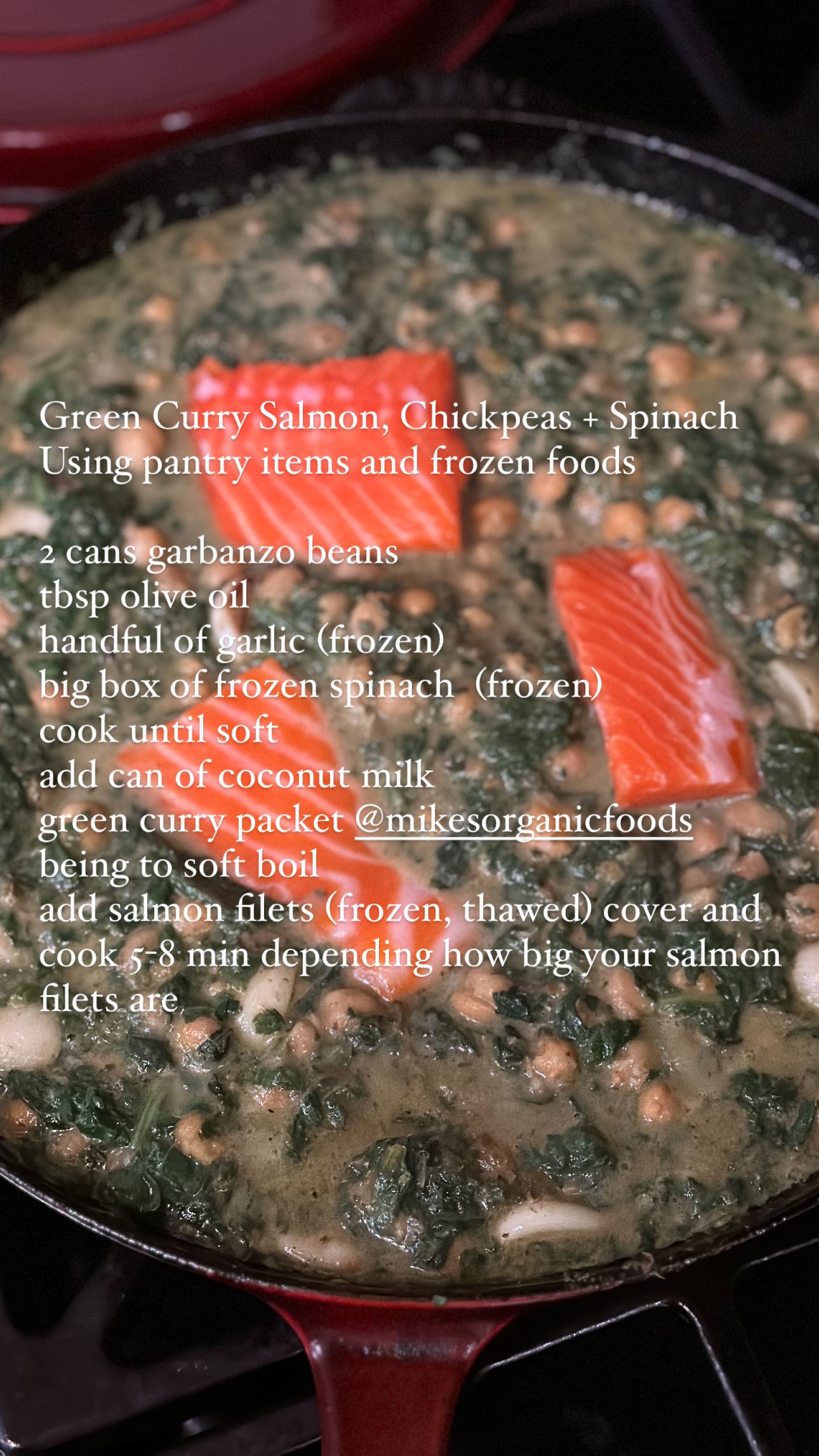
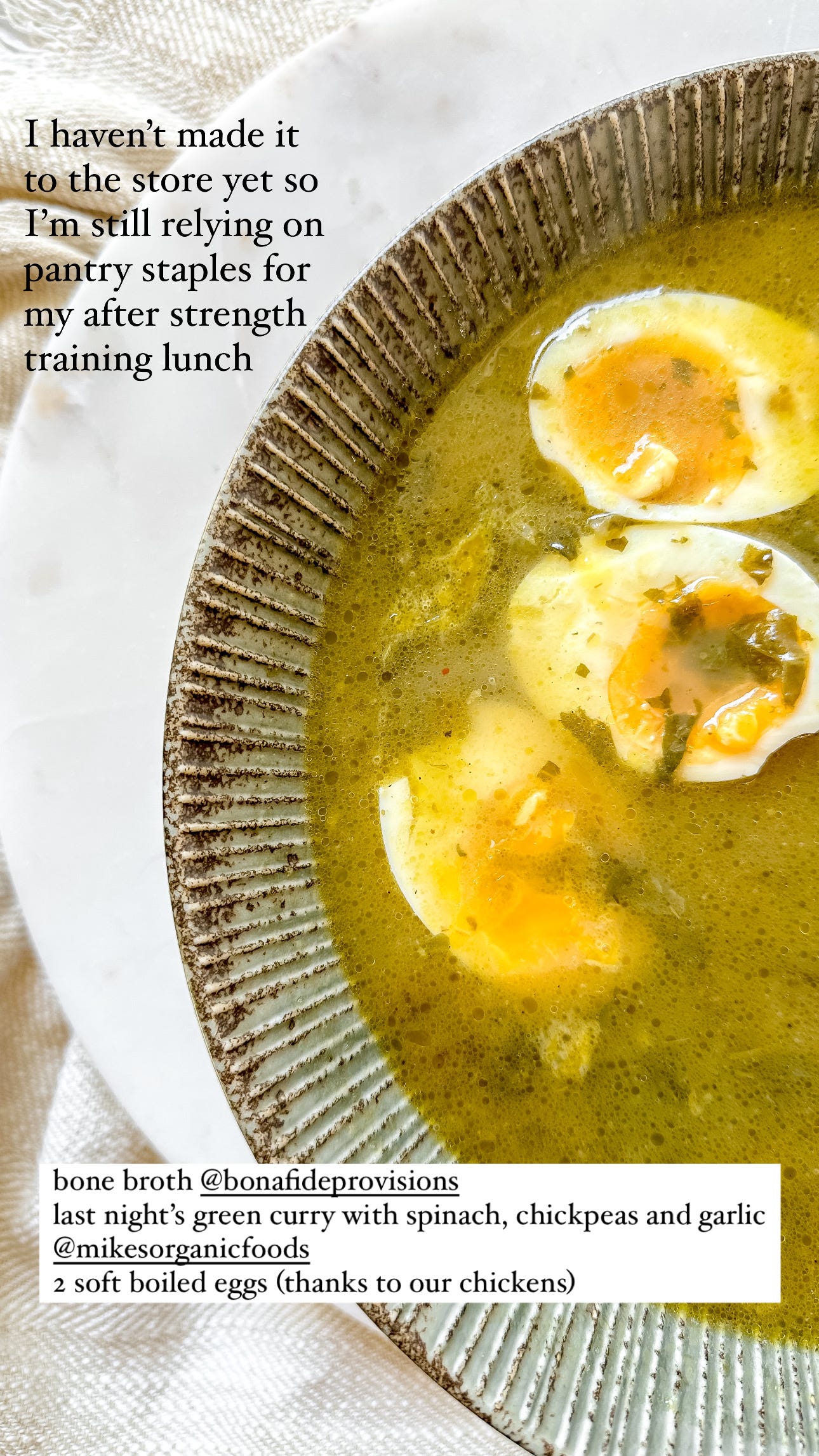




Sorry about that! Try this link: https://nestwellness.substack.com/p/7-day-blood-sugar-friendly-meal-plan?r=2plwal
Hey Beth,
as a person who cares a lot about her health, I see how much valid information you put in this post. Nuts have been for sure saving my life haha (especially the roasted ones)
Keep going